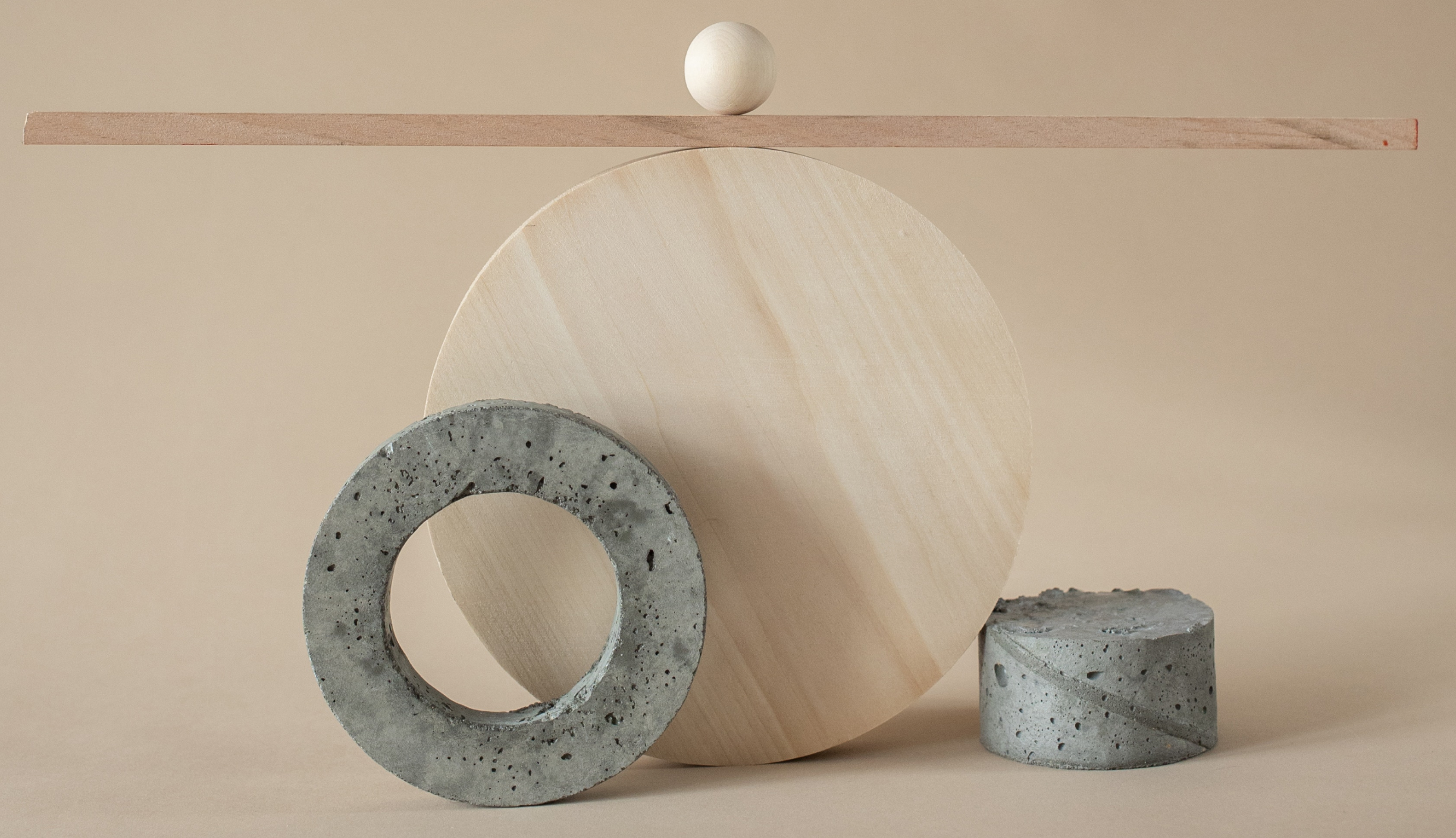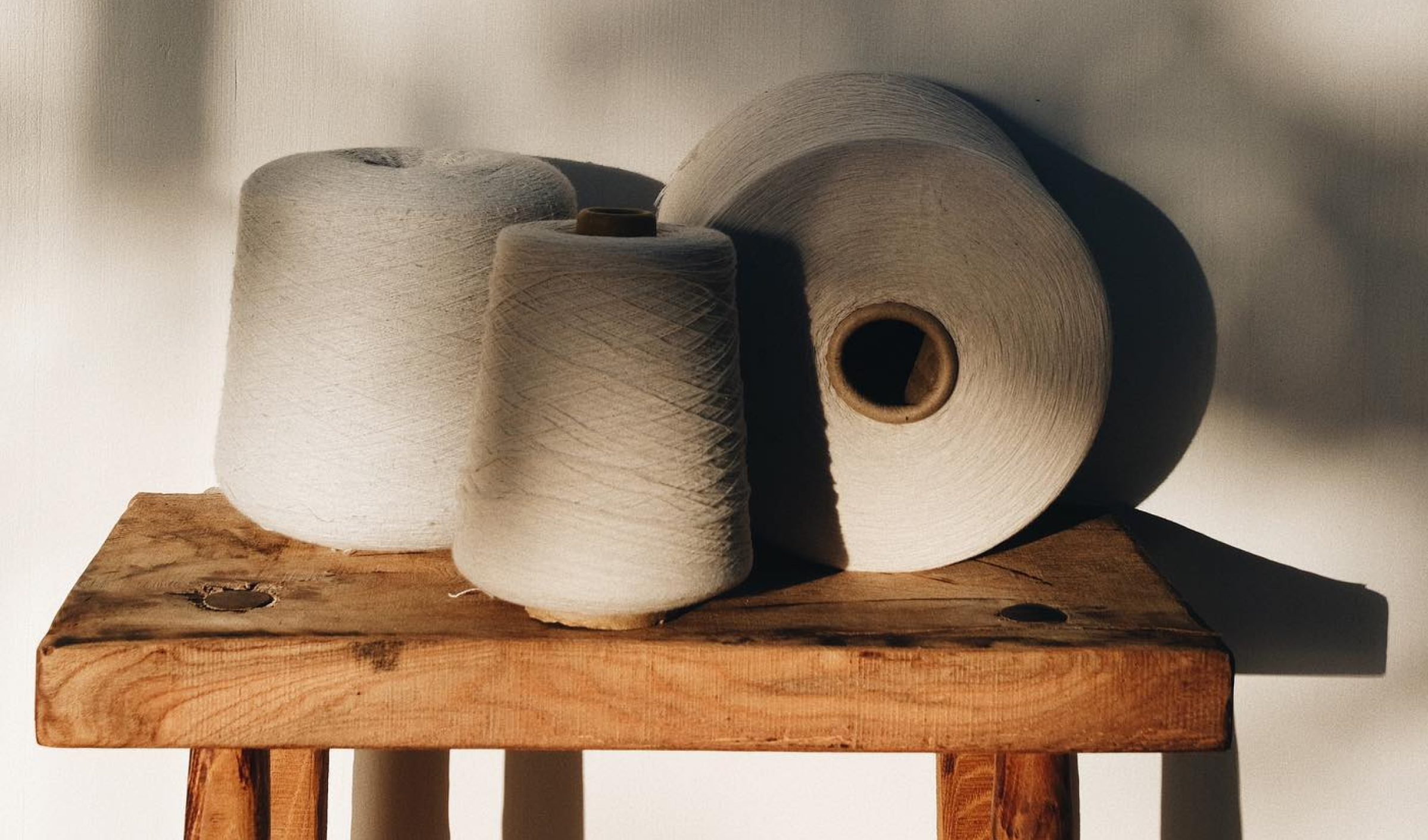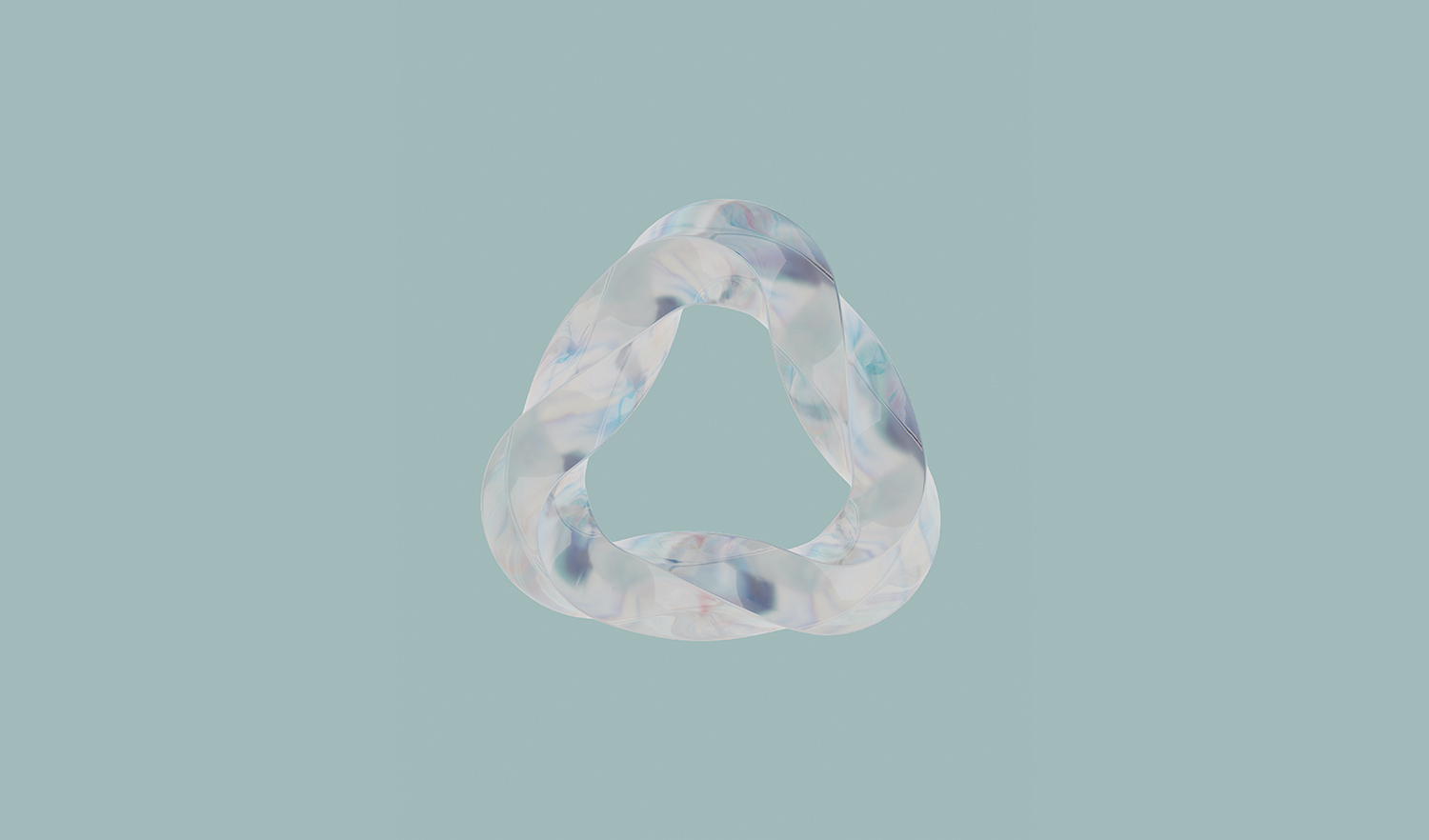In the last two decades, clothing production has doubled, while the use of each garment has decreased by 36.3%. The consequences are alarming if we also take into account that only around 20% of textile waste is recycled and the majority of waste ends up in landfills or incinerated. At BCome we want to enhance the circularity of your fashion business products. Discover how the CEI simplifies the measurement of your circular performance and helps you extend the lifespan of your items.
An individual consumes approximately 15 kilograms of clothing per year, which culminates in more than a ton over their lifetime
As part of the textile industry, you’re probably more than familiar with fashion’s massive impact on the environment. Even so, the magnitude of its mark keeps us from feeling indifferent. According to Ecoalf’s latest anti-Black Friday campaign, an individual consumes approximately 15 kilograms of clothing per year, which culminates in more than a ton over their lifetime. This mass consumption underlines the urgent need for the fashion industry to address its impact.
Analyzing the circularity of products is a key step to mitigate the problem triggered by the linear production model based on create-consume-dispose. Adopting a full life cycle approach when designing, developing production, identifying where waste can be reduced and how to recycle or reuse it, is essential for fashion companies to minimize the waste caused by their activity.
As we already pointed out in the article How do Circular Economy Indicators (CEI) impact fashion? Unlock circularity with key metrics for your business, measuring the circularity of textile products is essential for several reasons:
- Evaluate the reuse of existing resources. This will give you information about the possibility of reincorporating the resources you are already using into your production process, which in turn will lead to significant savings.
- Calculate the useful life of your products. This can impact their price, as greater durability and reuse can add value to your items compared to less sustainable alternatives.
- Quantify non-recoverable waste generated. This aspect is essential to make better decisions about how to manage textile waste in order to reduce its environmental impact.
In addition, beyond reducing impact, evaluating the circularity of your products can have great benefits for your business:
- Gain competitive advantage regarding the development of new products with greater circular performance.
- Provide indicators to transparently inform the final consumer.
- Have the necessary information to comply with the requirements of certain regulations such as the AGEC law.
BCome’s Circular Economy Indicators (CEI) methodology focuses on the circular aspects of products. Based on the Ellen MacArthur Foundation’s Material Circularity Indicator (MCI) methodology, we analyze the restoration of material flows and calculate a wide variety of sub-indicators, including the following:
- Feedstock indicators. They allow us to measure the proportion of virgin materials in each product.
- End-of-life indicators. They offer information about the potential fate of an item once it becomes waste.
- Life cycle waste indicators. They represent the amount of waste that will ultimately end in landfills or incinerated.
- Usage potential indicators. They are related to the duration and intensity of use.
- Overview indicators. They provide a more detailed understanding of product circularity.
BCome’s technology streamlines the measurement of the circular performance of textile items through a process that guarantees accuracy and reduces efforts by the brand.
Data collection is similar to that carried out in traceability. The definition and scope of the components of the value chain, from the extraction of raw materials to the end of their useful life, is collected through two forms: article and material.
Essential data for assessing the circularity of feedstock
In the article form, the brand must declare the following information:
- Product features.
- Materials list.
- Duration and intensity of use.
- Manufacturing loss rate.
The material form collects information about:
- Amount of recycled, reused and sustained materials in the composition of the article.
- Material processing loss rate.
Requirements to analyze ecodesign practices
The article form collects information on the best design practices implemented based on the category to which the analyzed product belongs (sportswear, casual wear, denim, tailoring…).
Evaluation of take-back programs
To study the take-back programs implemented by the business, the article form collects information on the breakdown of material reuse, recycling, composting and incineration.
As in the traceability phase, BCome’s Sustainability Coaches walk with you in the compilation of this information, offering support for any doubts that may arise in the process.
Our goal is for you to gain a full understanding of the circular performance of your products. Therefore, as we offer at LCA, BCome’s CEI tool will also allow you to compare your results with the industry standard. To build the benchmark scenario we assign the following features to conventional products:
- Items made with 100% virgin materials.
- Based on the market average length and intensity of use.
- Whose end-of-life follows the average management of garments in Europe
The CEI tool will soon be available on BCome’s platform and several brands have already collaborated in the testing phase, allowing us to further optimize our methodology. If your fashion business also wants to assess the circularity of its products, our sustainability experts are at your service. Shall we talk?









